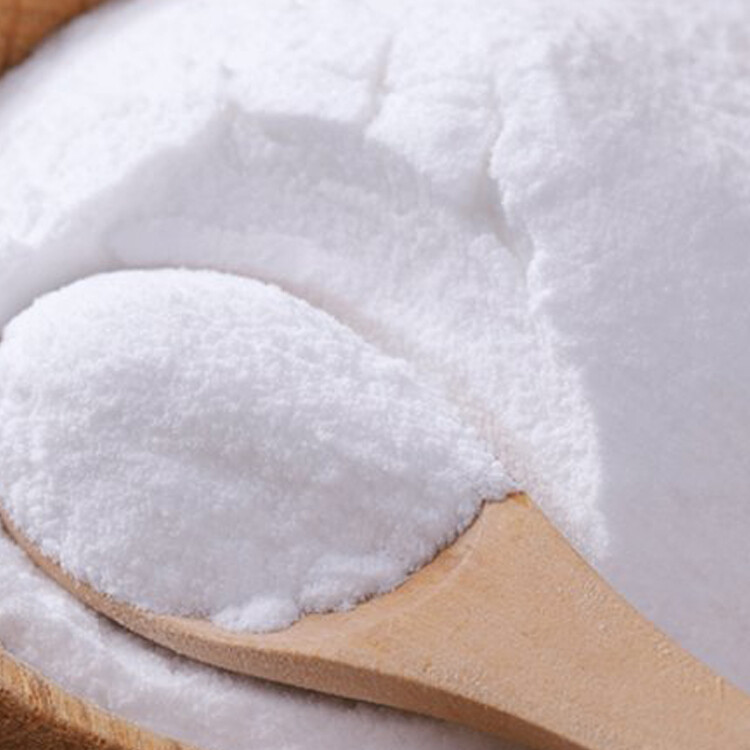PRODUCT
Product Center
Overview
PRODUCT PROPERTIES
Colorless hexagonal plate crystals or white powder. Soluble in water, the aqueous solution is alkaline, and the relative density of the aqueous solution is 1.438. Insoluble in alcohol and acetone. When heated to 140℃, it loses crystal water and becomes anhydrous. It decomposes into sodium salt and tin dioxide when it encounters acid. It absorbs carbon dioxide in the air to form sodium carbonate and tin hydroxide.
PREPARATION METHOD
Alkaline hydrolysis method: After the tin block is melted, it is quenched into tin flowers by water, and then mixed with caustic soda and sodium nitrate for reaction. The reaction temperature is raised from 300℃ to 800℃ to generate sodium stannate. After cooling, it is dissolved in water, and then sodium sulfide and hydrogen peroxide are added to purify and remove impurities. After precipitation, it is filtered, evaporated and concentrated, centrifuged, dried, and crushed to obtain sodium stannate products.
Melting method: The powder of calcined cassiterite is co-melted with sodium hydroxide in an electric furnace for 15 minutes, and the product is dissolved in water. After boiling, crystallization, recrystallization and other refining processes, sodium stannate is obtained.
USES
Mainly used in alkaline tin plating and copper plating in the electroplating industry, as well as electroplating and chemical plating of tin alloys, zinc-tin alloys, aluminum alloys and other alloys. In the textile industry, it is used as a fire retardant and weighting agent. In the printing and dyeing industry, it is used as a mordant. It is also used in glass, ceramics and other industries.
MESSAGE
Related recommendations
Please leave us a message





